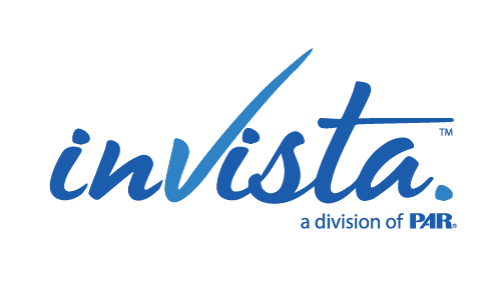Women do not have the same foothold as men in working environments. The gender pay gap continues to be a problem—in fact, over the past 27 years, the gender employment gap only decreased by 2 percentage points. Being a working parent is disproportionally hard on women, as they tend to be the default parent for handling childcare, and the COVID-19 pandemic only exacerbated the competing pressures on women. Women are generally underrepresented in the workplace, especially women of color, women with disabilities, and LGBT women—and only a quarter of women are satisfied with their full-time job. It’s not surprising that more than 25% of women are thinking of leaving the workforce or reducing their work hours.
Despite this, we know that including more women in the workplace has significant benefits for everyone—including business owners and shareholders. A recent study found that, for companies in an industry or located in a country where gender diversity has normative acceptance—defined as “a widespread cultural belief that gender diversity is important”—having a diverse workforce leads to increased market value and revenue. And better financial performance was reported by Fortune 500 companies with a high number of women in executive positions compared to competitors with fewer women at the top.
A society’s attitude toward gender diversity has a considerable effect on how much businesses will benefit from gender-inclusive policies, and many companies have embraced the idea of gender inclusivity in their workplace. How do we continue to chip away at societal norms that allow a workplace patriarchy to thrive?
First, business owners must make an effort to understand the breadth of nonwork demands placed on women. Flexibility should not be a gift handed out when an employee asks nicely—it should be ingrained into a company’s culture. Many companies say their culture emphasizes “family first,” but too few actually prioritize this in policy or reality.
Second, we need to break long-held stereotypes about the suitability of particular genders working in certain industries. IT and engineering positions are competently held by women, and HR and marketing jobs are routinely filled by men. These stereotypes persist in many industries, including health care, manufacturing, publishing, and more. When we designate entire fields as “male-dominated,” we’re giving other genders short shrift and reducing the likelihood those individuals will be hired or promoted in those fields.
Third, hiring, promoting, and merit practices should be revised using a critical, gender-inclusive eye. In many cases, an “entrenched male culture” shapes policies on hiring and rewarding employees. This means that employees are noticed, rewarded, and promoted when they behave more like men. For example, some companies value working long hours or presenteeism—things that are more challenging for many women. Using standardized assessment measures as part of the hiring process and for succession planning reduces the bias inherent in individual decision making.
We have a long way to go, and this represents just a sample of potential solutions. As we celebrate International Women’s Day, we applaud the progress women have made and continue working toward truly equal acceptance in the workplace.
For more information, visit internationalwomensday.com


Recent Comments